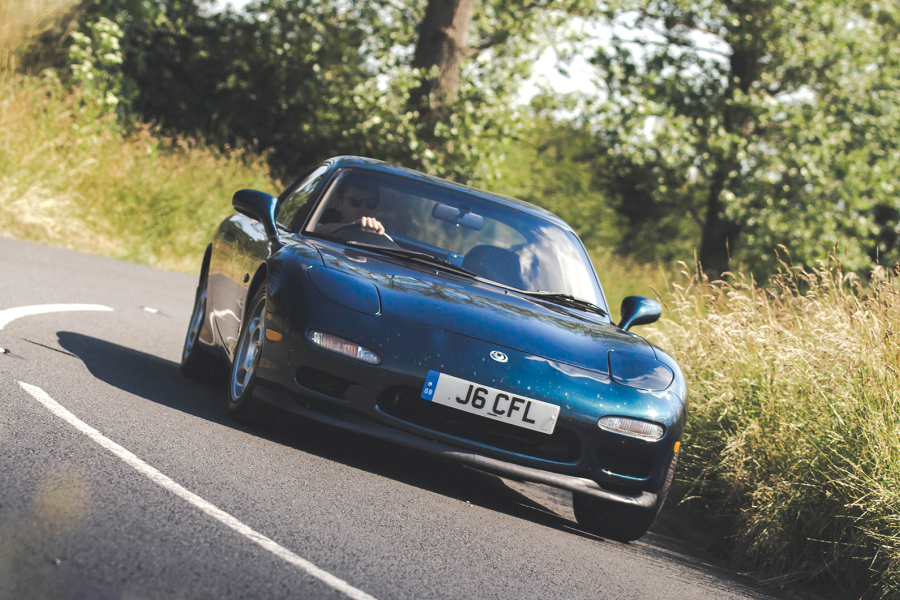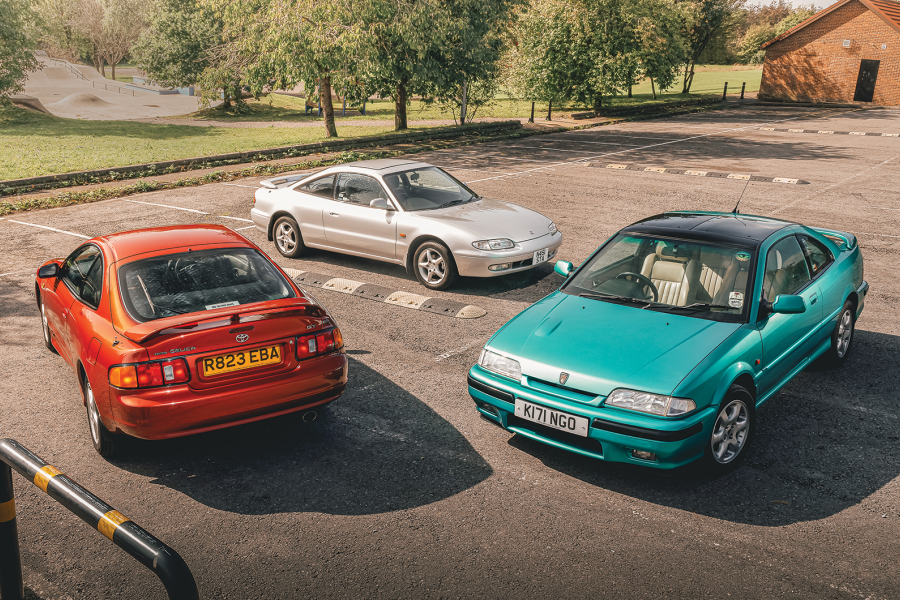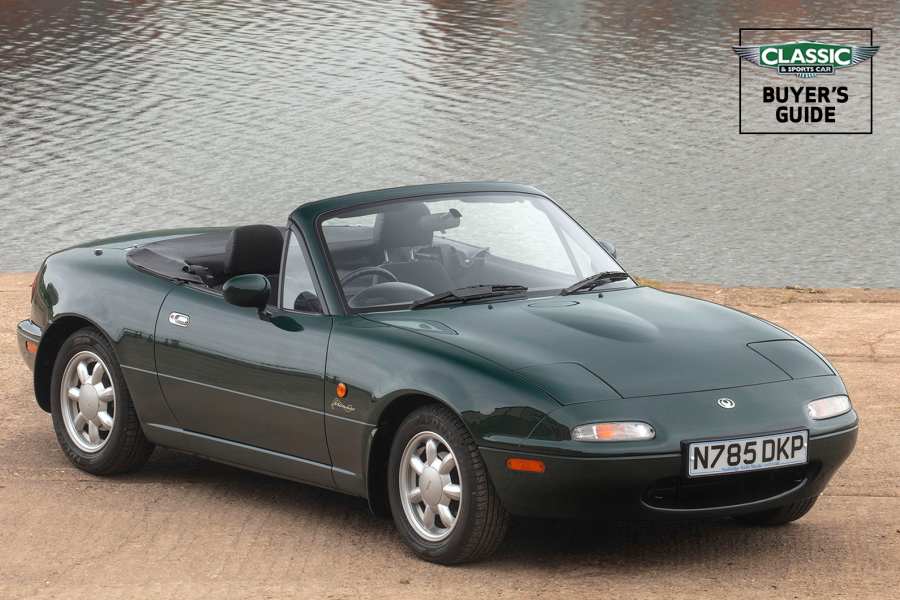
The dawn of the 1970s was an unsettling time for all, and nowhere more so than in Japan.
Morale might have been boosted by the hosting in Osaka of the Expo ’70 world’s fair, which promised an economic upswing, but in Tokyo the effects of pollution were underlined by hospital reports of collapsed commuters.
As the UK reeled from the news of The Beatles splitting up, cult album Bam Boo Rock by Minoru Muraoke fused traditional shakuhachi with jazz.

Bold badging matches the Mazda’s striking design
For most Westerners, Japan remained another universe, but it continued to scrutinise Europe for styling inspiration and trends.
At the 17th Tokyo motor show, the talk was all about low-emissions engines, improved fuel consumption, safety and compact city commuter cars.
For the first time at the Harumi Fairground event, European imports were invited for display, but the gloomy market forecasts didn’t deter a spectacular group of indulgent supercar concepts from all of the major homegrown manufacturers.

Raked-back, hammock-style seats in the Mazda RX500’s similarly eye-catching cabin
















